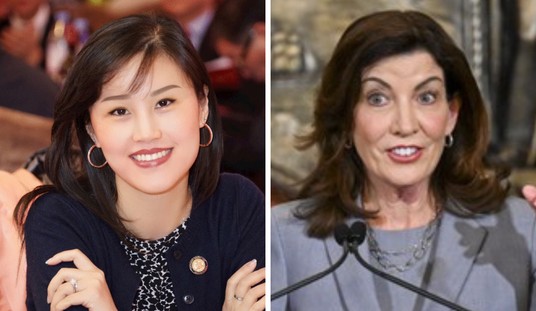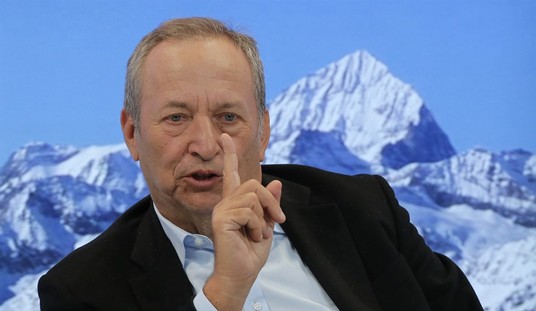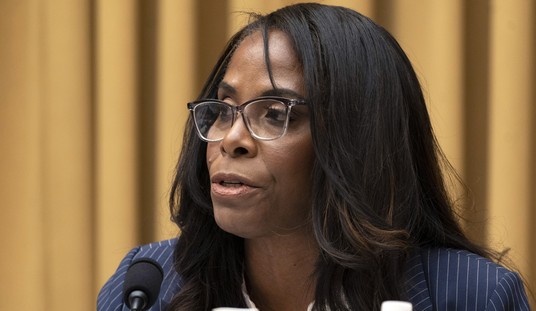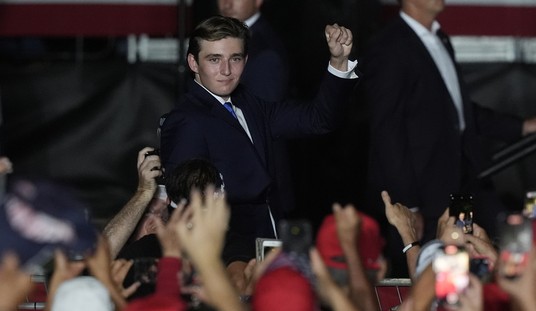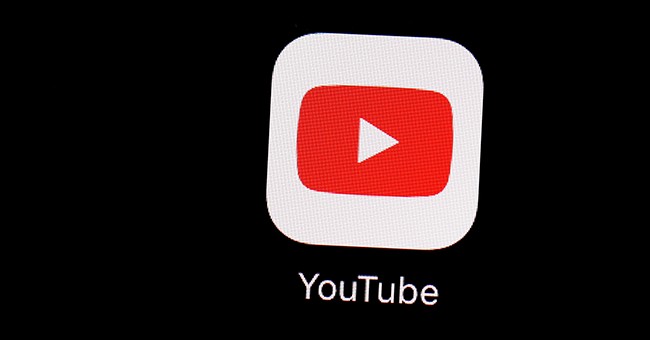
Earlier this week, it was announced that MMA announcer and podcast extraordinaire, Joe Rogan, was leaving YouTube for a multi-million dollar deal with Spotify. It’s a bold move to be sure, but possibly a very smart one.
Rogan’s podcast is number two in terms of the top podcasts in the world. His YouTube averages 2 million views a video with his Elon Musk interview hitting 13 million. Getting Rogan to sign on for $100 million was a hefty price tag for Spotify but if the streaming platform wants to grow, Rogan is a price worth paying.
And while it may be a party over at Spotify, YouTube will be left out in the rain, and rightly so. The most popular user-generated streaming platform on the globe has leaned into stopping users from generating content so far that it should hardly be considered “You” Tube anymore. The platform’s censorship has killed creativity, punished users for holding the wrong opinions, and stripped many of the income they relied on from their creations. On top of that, they’ve begun to promote mainstream networks over users in order to keep their ad revenue safe.
All of this has driven content creators away to either seek their fortunes on other platforms or find other outlets for their creativity. Less to watch means less reason to come to YouTube, and with Rogan leaving, YouTube may have to consider lifting its draconian lockdowns on user content.
The key seems to be pressure. Recently, YouTube deleted a video from a channel called “Unherd” which featured an interview with Professor Karol Sikora. The interview featured Sikora speaking about the Coronavirus and how the real pandemic is the fear of it. He spoke openly about the media’s incessant coverage of it and the freedom these lockdowns are killing.
This broke YouTube’s community guidelines and took the video down, however, once the YouTube community revolted and waves of negativity came YouTube’s way, YouTube put the video back up.
So we know YouTube is willing to bend, but bending might not be enough. As Tim Pool mentioned in his recent podcast about Rogan’s switch to Spotify, the rules and impositions that YouTube puts on channels won’t be there for Rogan once he goes to Spotify, freeing him up to say and do whatever he wants.
Let’s say that content creators see Rogan getting away with things he wouldn’t be able to on YouTube, and suddenly get the idea that YouTube is the past and Spotify is the future. They move platforms.
You could make the argument that YouTube is safe due to the fact that Spotify is not a video streaming platform and YouTube is. You are correct, but what’s to stop Spotify from implementing its own video streaming system?
Before you know it, YouTube is suffering from a lack of content. It becomes a place where you can find video clips from mainstream news programs, but that’s about it. To be honest, the only time I ever use YouTube for that kind of video is when I’m trying to find videos to place into articles I write. The vast majority of my time is spent looking at user-generated content, not corporate content.
That may or may not happen, but Spotify is definitely evolving and evolution brings opportunities that Spotify is proving itself ready to take advantage of.
If YouTube wants to avoid a massive meltdown, inviting creators to be creative without punishing them is going to have to happen. It’s going to have to stop embracing the social justice narrative that it’s been soaked in for so long and realize that differing opinions make for a healthy platform.





